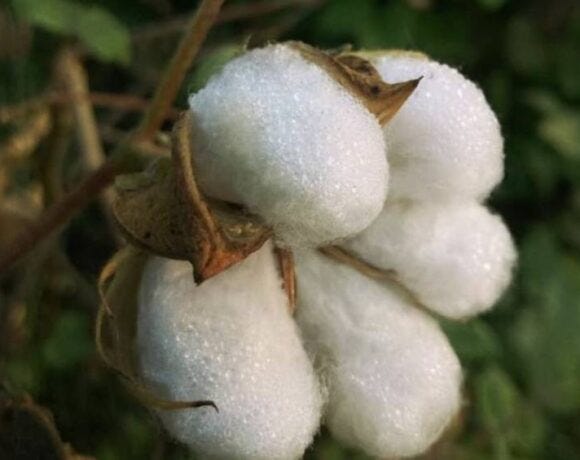India aims to reclaim ‘White Gold’ glory with revamped Cotton Technology Mission
India is set to revive its cotton sector with a brand new five-year Cotton Technology Mission, aiming to reclaim its position as a leading textile producer and reduce reliance on imports. The initiative, currently in its planning stages, targets to significantly improve the quality and yield of domestic cotton, positioning India as a prime destination for textile sourcing and foreign investment.
This mission builds upon the legacy of the original Technology Mission on Cotton (TMC), launched in 2000. The previous program addressed challenges like increasing productivity, enhancing fiber quality, and lowering production costs. It comprised four mini-missions focusing on research and development, farmer outreach, marketing infrastructure improvement, and modernization of ginning facilities.
The upcoming revamped mission acknowledges the success of the TMC and aims to address persisting issues. India currently imports around 500,000 bales of high-quality cotton, falling short of its domestic requirement of 900,000 bales. The new mission has set an ambitious target to significantly reduce this import dependence by 2030.
Boosting quality and farmer livelihoods
Experts believe the mission's success hinges on its ability to enhance cotton quality. Indian cotton often struggles to compete with the superior quality of global competitors. The mission plans to achieve this by promoting best practices in cultivation techniques, including better seed varieties, improved irrigation methods, and stricter pest control measures.
Farmer education is another crucial aspect. The mission will focus on disseminating knowledge about these best practices to the over six million cotton farmers across India. This will empower them to adopt modern methods, leading to higher yields and better quality crops. Additionally, the mission is expected to address issues related to market access and price volatility, ensuring fairer returns for farmers.
Modernization and infrastructure
The mission acknowledges the need for modernization across the cotton value chain. This includes upgrading ginning and pressing factories with advanced technology to minimize fiber damage and improve efficiency. Additionally, strengthening the marketing infrastructure by improving existing market yards and establishing new ones will create a more streamlined and transparent system for cotton sale.
Attracting investment and boosting exports
By enhancing domestic cotton quality and production, the mission aims to make India a more attractive destination for textile manufacturers. This, in turn, is expected to boost foreign investment in the textile sector, creating new jobs and propelling economic growth. A stronger domestic cotton industry will also empower Indian textile companies to compete more effectively in the global market, potentially leading to increased exports of finished textile products.
Challenges and the road ahead
The success of the Cotton Technology Mission will depend on its ability to effectively address several challenges. Ensuring adequate funding, implementing robust monitoring mechanisms to track progress, and fostering collaboration between stakeholders like farmers, researchers, industry players, and the government will be critical.
Despite the challenges, the renewed focus on cotton holds immense potential for India. By revitalizing the "white gold" sector, the mission can empower farmers, strengthen the textile industry, and position India as a global leader in sustainable and high-quality cotton production.

